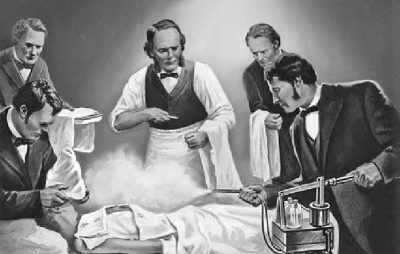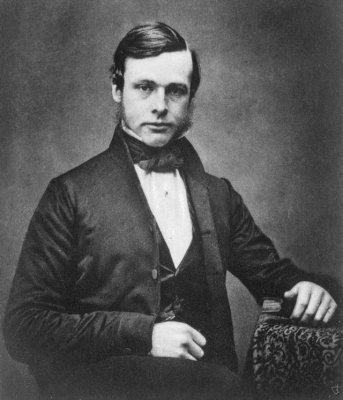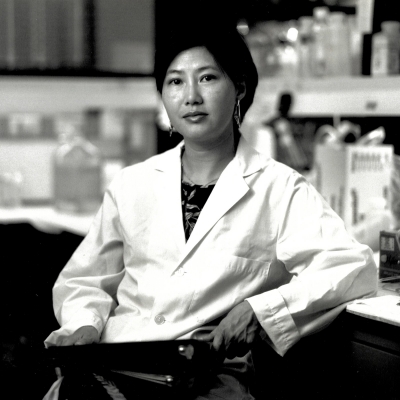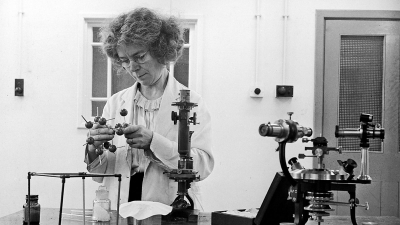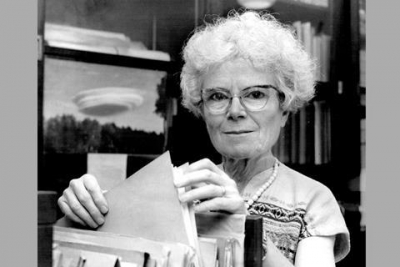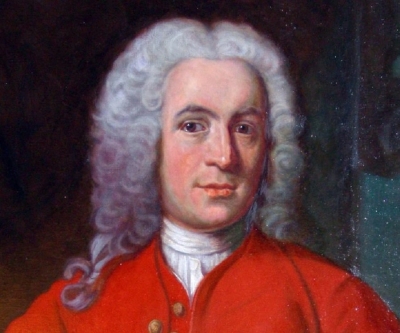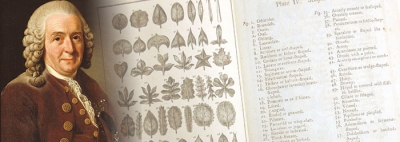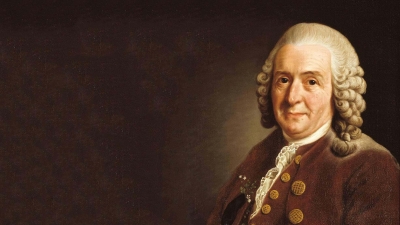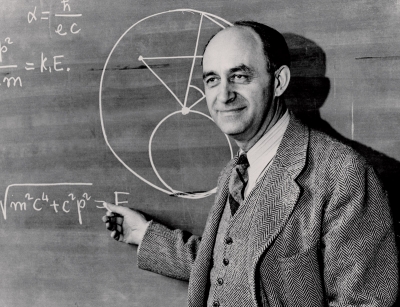Where is Joseph Lister’s monument found in London?
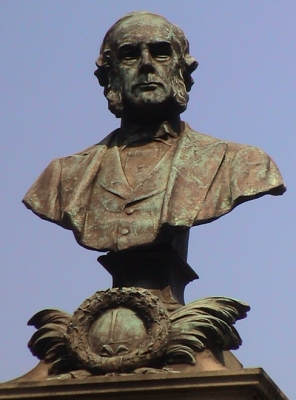
The Joseph Lister Memorial is a memorial to Joseph Lister, 1st Baron Lister by the sculptor Thomas Brock, situated in Portland Place in Marylebone, London. The memorial is positioned in the centre of the road opposite numbers 71 to 81 and is Grade II listed. It is close to Lister's home at 12 Park Crescent.
The memorial was unveiled by Sir John Bland-Sutton, President of the Royal College of Surgeons, on 13 March 1924. The base of the monument is made of grey Aberdeen granite. On top of the base is a bronze bust of Joseph Lister. At the front are the figures of a woman and a boy: the boy is holding a garland of flowers; the woman is pointing to Lister with her right hand.
Lister’s work had been largely misunderstood in England and the United States. Opposition was directed against his germ theory rather than against his “carbolic treatment.” The majority of practicing surgeons were unconvinced; while not antagonistic, they awaited clear proof that antisepsis constituted a major advance. Lister was not a spectacular operative surgeon and refused to publish statistics. Edinburgh, despite the ancient fame of its medical school, was regarded as a provincial centre. Lister understood that he must convince London before the usefulness of his work would be generally accepted.
His chance came in 1877, when he was offered the chair of Clinical Surgery at King’s College. On October 26, 1877, Lister, at King’s College Hospital, for the first time performed the then-revolutionary operation of wiring a fractured patella, or kneecap. It entailed the deliberate conversion of a simple fracture, carrying no risk to life, into a compound fracture, which often resulted in generalized infection and death. Lister’s proposal was widely publicized and aroused much opposition. Thus, the entire success of his operation carried out under antiseptic conditions forced surgical opinion throughout the world to accept that his method had added greatly to the safety of operative surgery.
More fortunate than many pioneers, Lister saw the almost universal acceptance of his principle during his working life. He retired from surgical practice in 1893, after the death of his wife in the previous year. Many honours came to him. Created a baronet in 1883, he was made Baron Lister of Lyme Regis in 1897 and appointed one of the 12 original members of the Order of Merit in 1902. He was a gentle, shy, unassuming man, firm in his purpose because he humbly believed himself to be directed by God. He was uninterested in social success or financial reward. In person he was handsome, with a fine athletic figure, fresh complexion, hazel eyes, and silver hair. For some years before his death, however, he was almost completely blind and deaf. Lister wrote no books but contributed many papers to professional journals. These are contained in The Collected Papers of Joseph, Baron Lister, 2 vol. (1909).
Picture Credit : Google
